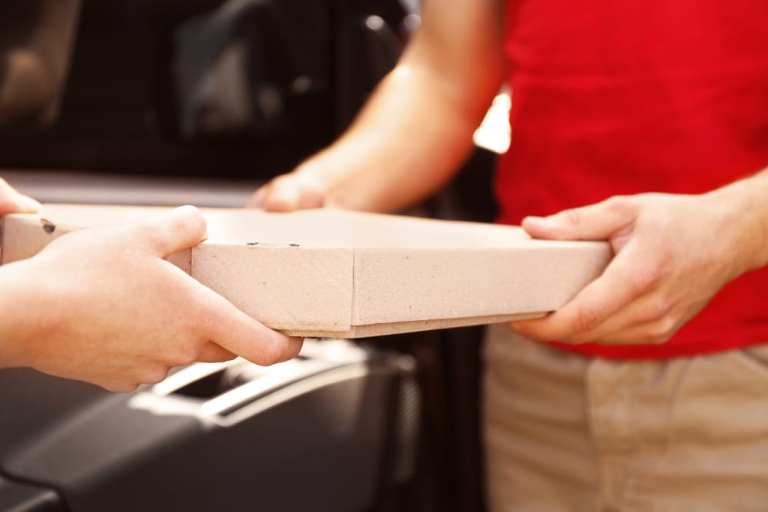
One of the biggest questions faced by quick-service restaurants (QSRs) and other eateries is how to deal with online delivery, and what kinds of business relationships to build and maintain with third-party delivery providers.
That question was put under the spotlight on Monday (Jan. 6) when news emerged, as covered by PYMNTS, that food software startup Olo, named after the phrase “online ordering,” could potentially file an initial public offering (IPO) in 2020.
The company, which is based in New York, could be seeking a $1 billion valuation. Olo has been interviewing possible advisers since the end of last year. The company enables restaurants to organize orders and create customized menus, and helps companies create and maintain loyalty programs.
In 2019, Olo and Uber teamed up to let customers put Uber Eats orders directly into a restaurant’s system. Olo also has partnerships with Five Guys, The Cheesecake Factory and California Pizza Kitchen.
Indeed, Olo CEO Noah Glass recently spoke with PYMNTS’ Karen Webster about the industry as a whole, and touched on the trend of “ghost kitchens,” where third-party operators prepare food and hand it off right to drivers. According to Glass, that is happening all over the U.K. and is starting to happen in the U.S., care of Uber Eats, prompting aggregators to open their own ghost kitchens and compete directly with restaurants.
“That is the direct-to-consumer experience that can truly be the restaurant killer – it is the restaurant equivalent of the Amazon Basic brand that gets top billing on the platform, can be priced more competitively and can be targeted to what they know consumers are already buying the most of,” Glass said.
Growth and Challenge
In general, the third-party delivery model continues to grow, and likely will follow that path in 2020, at least judging from current trends and PYMNTS research. But challenges abound, and changes could be coming as restaurants reconsider how to do that vital task.
As PYMNTS research has documented, third-party delivery apps such as DoorDash, Grubhub and Uber Eats are in high demand as customers seek meals from their favorite fast-food restaurants and QSR brands. Many restaurants work with such delivery services to more easily reach their consumer bases, but these partnerships can present their own issues, such as high order volumes.
Home delivery is expected to grow about 6.5 percent per year by 2023 as consumers become more familiar with online and mobile ordering. Delivery customers also expect their food to arrive as soon as possible, and many restaurants are partnering with third-party delivery apps to offer that convenience.
Despite the benefits of these services, partnering with them does not eliminate all of the problems restaurants face – such collaborations can create challenges of their own.
Restaurants using third-party delivery apps must balance concerns such as delivery speed and customer satisfaction with the significant boosts in order volumes that such apps usually create. These restaurants must consider higher food and labor costs as well as an increasing number of regulations.
Growing competition among third-party apps can also affect customer retention: DoorDash, Grubhub and Uber Eats are all fighting for the same customers. And those customers are increasingly inclined to relate the quality of their delivery or dining experiences to these apps, making it crucial that restaurants partner with the right third-party platforms.
Broken Model?
Indeed, as Olo could be heading toward an IPO, the food delivery model is broken, at least according to Domino’s Pizza CEO Richard Allison. Late last year, he said that third-party food delivery companies will eventually have to turn their attention to making a profit.
“I think we will see some shake-out in the third-party [food delivery] space,” Allison said. “The delivery as a service that these third parties are offering [is] not sustainable in its current form.”
In August, Domino’s said it would not use third-party delivery apps and would instead continue to rely on its own employees to make deliveries from its 6,000 U.S. stores and most of its 11,000 international locations, and would run its own online ordering app. The company said in October that it was looking to build more brick-and-mortar locations so it can be closer to more current and potential customers, reducing its own delivery times.
There still seems to be ample room for more disruption, innovation and disruption in this general space.